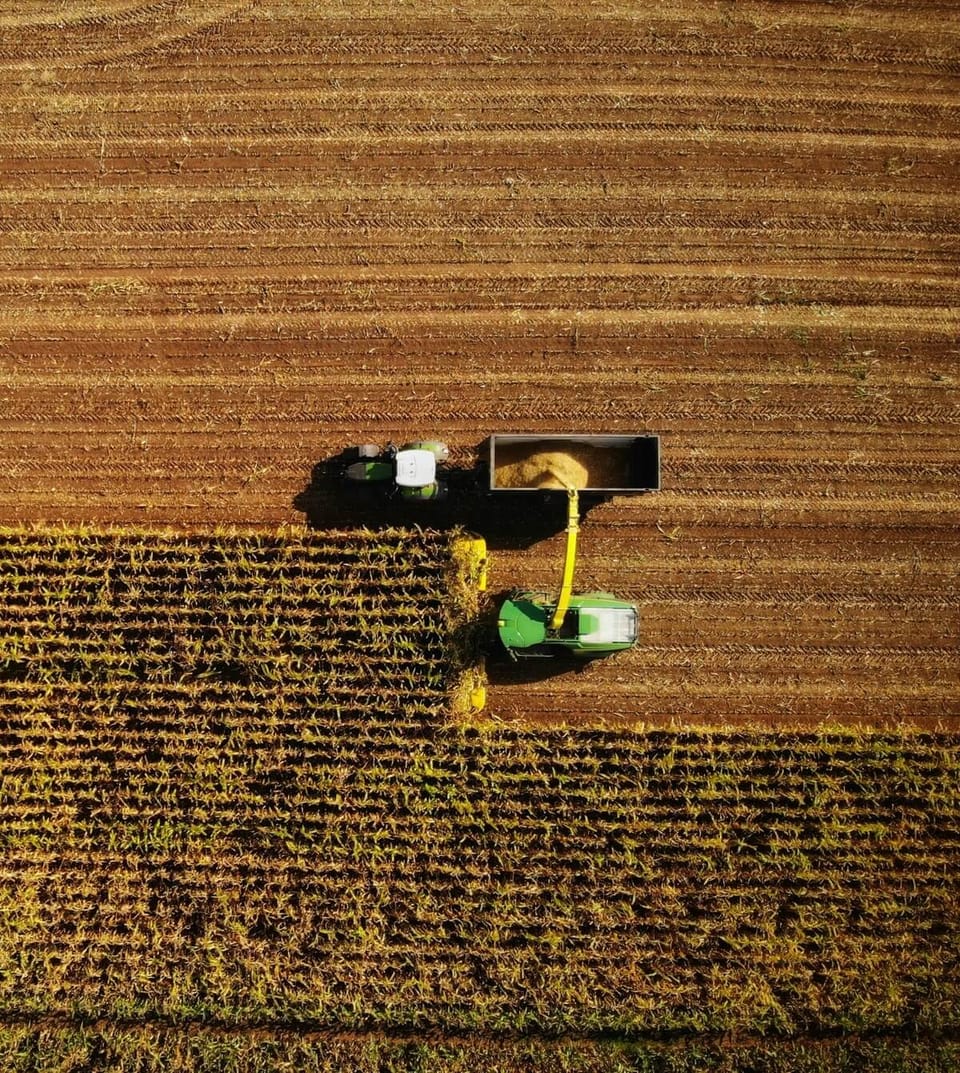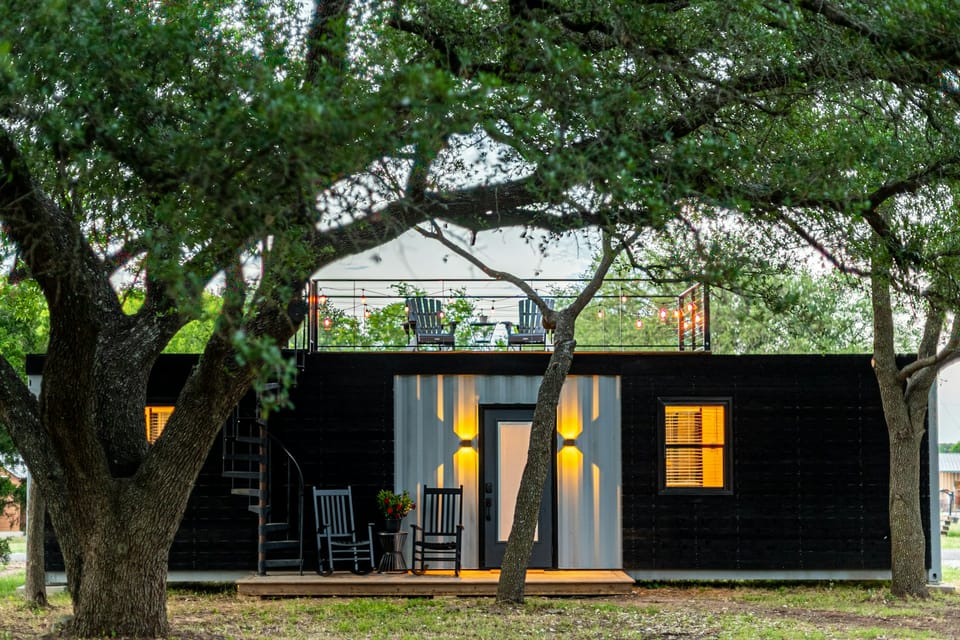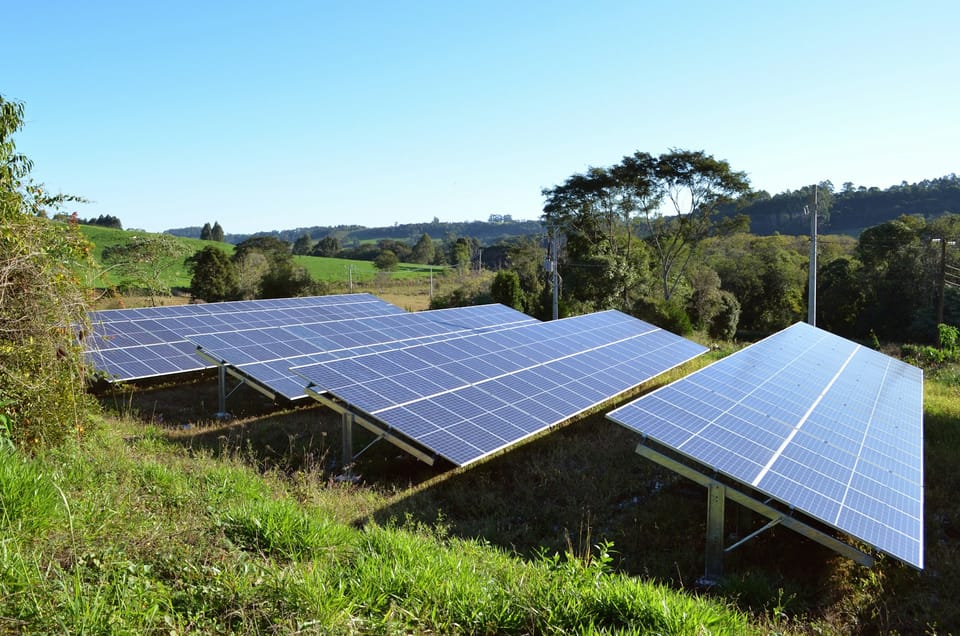How Long Can You Safely Freeze Food for a Sustainable Kitchen
Freezing food is a game-changer for sustainability, cutting waste and preserving nutrients. Learn eco-friendly freezing tips to build a greener kitchen in 2025.
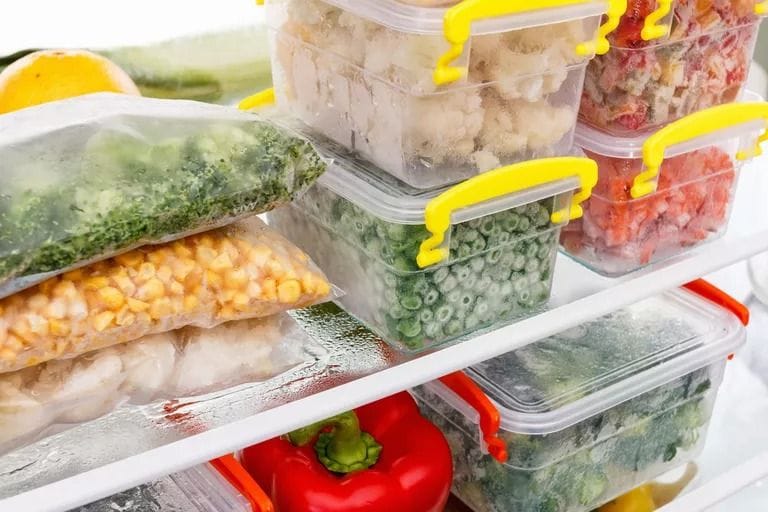
Revolutionizing Your Kitchen with Sustainable Freezing
Freezing food slashes waste and saves energy, aligning with 2025’s push for sustainable living. With 1.3 billion tons of food wasted globally each year (FAO, 2024), smart freezing preserves nutrients and reduces landfill methane emissions. This guide empowers you to freeze food safely, boosting wellness and environmental impact.
Why Freezing Matters for Sustainability
Freezing extends food life, curbing the 30% of global food production lost annually (UNEP, 2024). It saves money and reduces your carbon footprint. “Freezing is a cornerstone of sustainable kitchens,” says Dr. Emma Green, a food sustainability expert. “It minimizes waste while keeping nutrients intact.”
Benefits of Eco-Friendly Freezing
- Reduces Waste: Freezing prevents 20% of household food waste (WRAP, 2024).
- Saves Energy: Modern freezers use 50% less energy than models from a decade ago (IEA, 2025).
- Promotes Wellness: Frozen produce retains 90% of vitamins, supporting healthy diets (Journal of Food Science, 2024).
Real-World Example: Zero-Waste Kitchens
The Zero-Waste Chef, Anne-Marie Bonneau, freezes vegetable scraps for broth, cutting her waste by 80%. Her approach inspires thousands to adopt sustainable freezing habits, proving small actions create big impact.
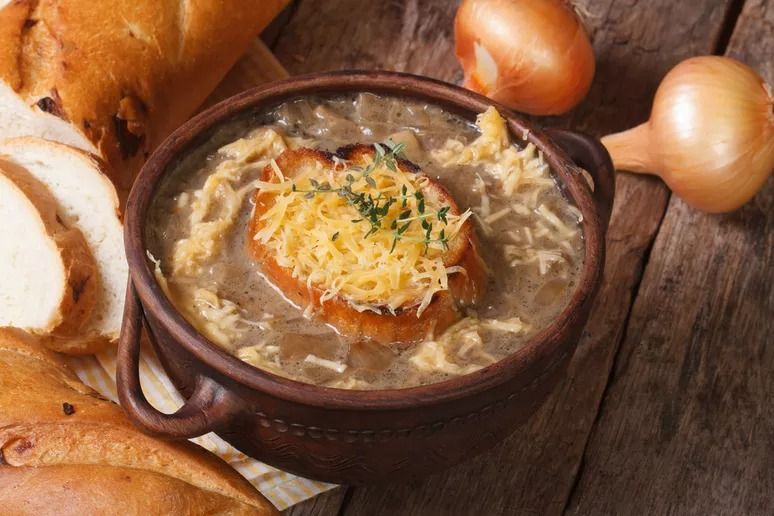
How Long Can You Freeze Food Safely?
Proper freezing ensures food safety and quality. Follow these guidelines to maximize sustainability and flavor.
Meats and Seafood
- Chicken/Beef: Freeze for 9-12 months. Vacuum-seal to prevent freezer burn.
- Fish: Store for 6-8 months. Use eco-friendly, reusable silicone bags.
- Example: UK’s Riverford Organic Farmers freezes surplus meat, donating 10% to food banks, reducing waste.
Fruits and Vegetables
- Berries: Freeze for 10-12 months. Spread on trays before bagging to avoid clumping.
- Leafy Greens: Blanch and freeze for 8-12 months to retain nutrients.
- Example: Denmark’s Too Good To Go app partners with farms to freeze surplus produce, saving 500 tons of food yearly.
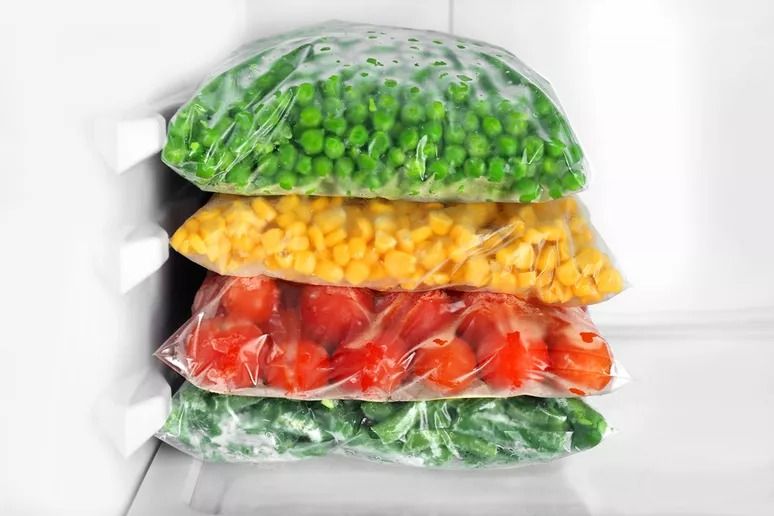
Dairy and Prepared Foods
- Cheese: Freeze hard cheeses for 6 months; avoid soft varieties.
- Cooked Meals: Store for 3-6 months in airtight, recyclable containers.
- Example: Canada’s Second Harvest freezes prepared meals, redistributing 1.2 million pounds to communities in 2024.
Breads and Grains
- Bread: Freeze for 3-6 months. Slice before freezing for easy use.
- Rice/Pasta: Store cooked grains for 3 months in compostable containers.
- Example: Australia’s OzHarvest freezes bakery surplus, supplying 200,000 meals annually.
Eco-Friendly Freezing Tips for 2025
Adopt these practices to make your freezer a sustainability powerhouse.
- Use Energy-Efficient Freezers: Choose ENERGY STAR models, saving 15% on electricity (EPA, 2025).
- Opt for Reusable Containers: Silicone bags or glass containers cut single-use plastic waste by 90% (Greenpeace, 2024).
- Organize Efficiently: Label and date items to avoid forgotten food, reducing waste.
- Defrost Smartly: Plan thawing to avoid energy-intensive microwaving.
“Every frozen meal saves resources and fights climate change,” says Dr. Maria Lopez, environmental scientist. “It’s a simple step with massive impact.”
Signs of Freezer Burn
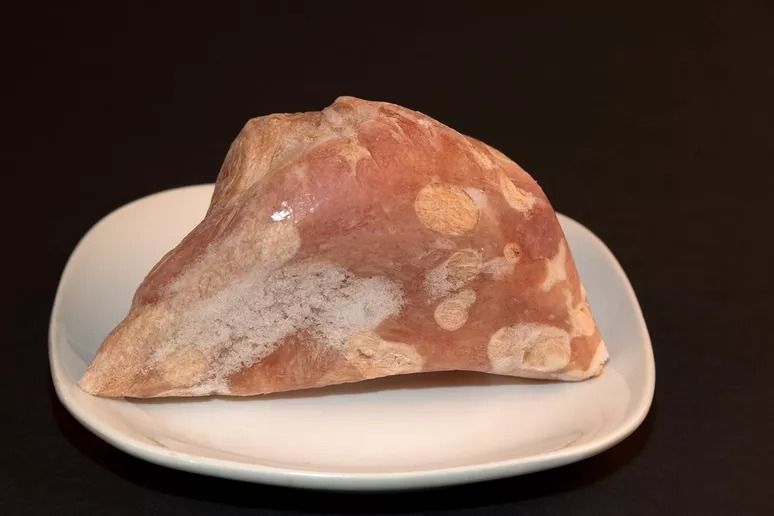
Freezer burn happens when food loses water molecules. The molecules form ice crystals and the crystals move to the coldest area of the freezer, according to Symptom Find. The frost that builds up on the walls of a freezer is the water molecules that have traveled from food.
However, seeing small ice crystals isn't necessarily a problem, according to North Dakota State University's Food Freezing Guide. The formation of small ice crystals during freezing is desirable. "Fast freezing is the most practical way to form small ice crystals. Large ice crystals associated with slow freezing tend to rupture the cells, causing an undesirable texture change."
Those large crystals are when food gets freezer burn; it changes color and dries out, losing quality. It's still safe to eat, but it will have a lower quality taste and texture. When too much air stays in the packaging of a frozen item, that can also cause it to lose quality, so work quickly when you are putting food away.
How to Prevent Freezer Burn
- Package your items tightly so they stay moist and away from oxygen. Use freezer wrap and bags and containers specifically made for the freezer.
- Don't overload the freezer. "Add only the amount that will freeze within 24 hours. This is usually 2 or 3 pounds of food per cubic foot of storage space. Overloading slows down the freezing rate, and foods that freeze too slowly may lose their quality," according to the Food Freezing Guide.
- Vacuum seal foods if possible or make sure to draw as much air out of the packaging before you place them in the freezer.
- The longer food is in the freezer, the more susceptible to freezer burn it becomes. Label your foods in the freezer with the date they went in and a best by date, and plan your meals accordingly. When it comes to thaw out food, let it thaw in the fridge, not at room temperature, which is a too-good opportunity for microorganisms to grow.
Environmental Impact of Freezing
Freezing reduces food waste, which accounts for 8-10% of global greenhouse gas emissions (IPCC, 2024). By freezing surplus, households can cut their food-related emissions by 25% (WRAP, 2024). Efficient freezers also lower energy use, with 60% of 2025 models using renewable energy-compatible tech (IEA, 2025).
Call to Action: Freeze for a Greener Future
Start freezing smartly today. Use reusable containers, choose energy-efficient appliances, and plan meals to minimize waste. Join the sustainability movement—every frozen berry or meal saves resources and supports a healthier planet. Visit EPA’s Food Recovery Hierarchy for more tips on reducing waste.






